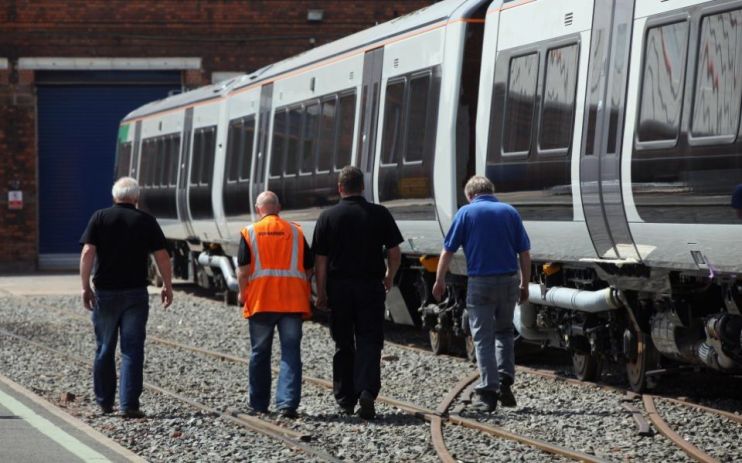No point in having a state of the art transport system if our people can’t afford it

This is a good month for trains in London. The Elizabeth Line finally opened on Tuesday, mostly to acclaim for its engineering and speed. The Northern Line works through Bank, which made north-south travel painfully difficult, ended punctually a week earlier. It’s briefly easy to forget the storm clouds gathering over public transport in London and beyond.
Unlike almost everything else, London public transport fares are not going up this month – they went up in March. At the time, the increases seemed steep – bus fares especially, up 6.5 per cent. In less than three months, 6.5 per cent has gone from being above inflation to being well below it. The 3.8 per cent increase to rail fares seems almost cheap. It’s possible that some people will switch from cars to public transport as petrol prices increase faster than fare prices.
This may not last. Regulated rail fares, which include the travelcards used by so many people who commute into London, go up in March according to the previous July’s RPI figure. RPI is a rather outdated measure of inflation, and tends to be higher than CPI, which is the preferred rate used by the Office of National Statistics. Inflation in July is almost certain to rise from its current 9 per cent, meaning eye-watering increases to train fares in March 2023 – likely to be more than ten per cent.
The Bank of England forecasts that CPI inflation in the second quarter of 2023 will be 3.5 per cent, with the drop driven by falling fuel prices. It’s possible that next spring petrol prices will be flat as train fares surge. Train travel is not compulsory – if train fares go up too fast, commuters might manage to negotiate to work from home for a few more days or shift to a closer job, and visitors to the capital might simply choose to visit somewhere else. There is a real risk that total fare revenue will fall, as the drop in journeys outweighs the rise in fares.
This matters to every town and city in the UK – higher train fares mean more people in cars, with the congestion and pollution that they bring, and more avoidable carbon emissions from internal flights. But it matters especially to London because, for many people living in other parts of the UK, the train is the only realistic way to get here. Domestic tourism in London gets much less attention than international tourism, in part because it is harder to measure, but it is the lifeblood of many visitor attractions, entertainment venues and leisure businesses in the capital. We need people to be able to come here and have a good time.
It goes the other way of course – for many Londoners, especially the several million who live in a household without a car, trains are the main way to get out of the city and visit other parts of the UK. We know that families who drive are already being forced to ration trips to visit grandparents and other relatives because the costs are just too high – it’s likely that we’ll see this for train travel as well.
It doesn’t have to be this way. Increasing train fares by RPI is a political decision, not an economic one – by raising fares at a faster than the usually accepted measure of inflation, successive governments have made passengers pay proportionately more for their fares for many years. Government say they want a “Great British Railway” – but however good the infrastructure is, it is not great if people are not using it. Government could decide today that rail fare inflation next year will be capped at two or three per cent, and avoid the risk of a Great Empty Railway for 2023.